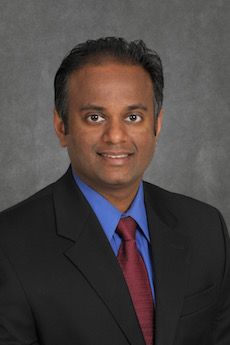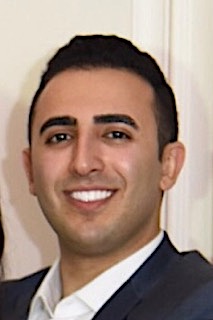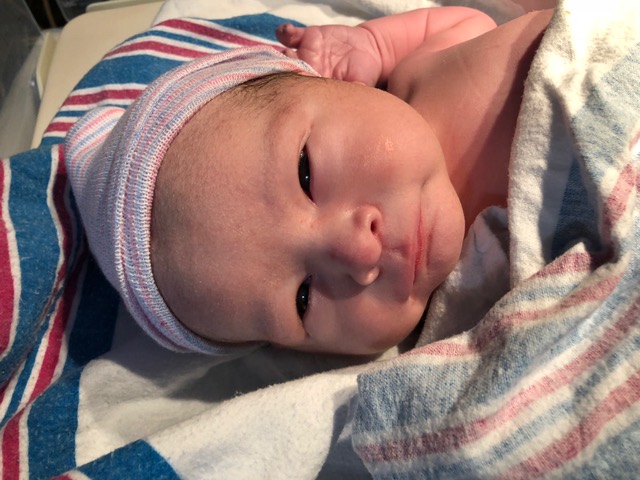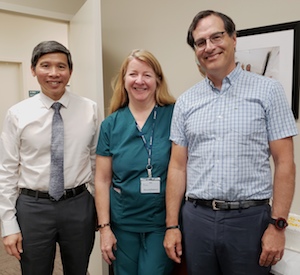
| Volume 30 Number 2 | Stony Brook, NY | < August 2018 > |
 |

|
| Visiting Professor | August Calendar | Dr. Gupta Promoted | STARS |
| Kudos | CA-3 Spotlight! | Family News | Farewell |
| SARAS | No Pain Labor and Delivery | New Publications | Where is That? |
| Monthly Muscle Chillaxant |
|
Visiting Professor: Dr. Anupam Jena
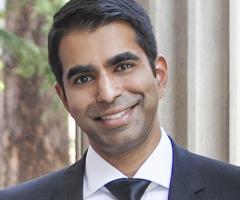
Our Visiting Professor for August is Anupam Jena, MD PhD. Dr. Jena is the Ruth L. Newhouse Associate Professor of Health Care Policy at Harvard Medical School and a physician in the Department of Medicine at Massachusetts General Hospital. Dr. Jena majored in both Biology and Economics at MIT. He earned a PhD in Economics at the University of Chicago and did postdoctoral research in Health Economics. He then obtained his MD from Chicago and did an internship and residency in Internal Medicine at MGH. In 2012, he was appointed Assistant Professor of Health Care Policy, Department of Health Care Policy at Harvard. He was promoted as Ruth L. Newhouse Associate Professor of Health Care Policy in 2016. In the Department of Medicine, he progressed from Clinical Fellow to Assistant Professor and Associate Professor. Dr. Jena's research interests include the economics of physician behavior and the physician workforce, medical malpractice, the economics of health care productivity, and the economics of medical innovation. His research has been supported by the National Institutes of Health, the Laura and John Arnold Foundation, and Agency for Healthcare Research and Quality. He was a recipient of an NIH Early Independence Award. Amazingly in his short career, Dr. Jena has authored over 120 peer-reviewed publications! He has also written many articles for the popular press such as the New York Times, USA Today and the Harvard Business Review. The titles of some of these articles made me want to find them and read them: “Do ‘Fast and Furious’ Movies Cause a Rise in Speeding?”, “Do doctors get worse as they get older?”, and "Far from being forgotten, the NFL’s ‘replacement players’ may help make football safer”. During his visit to our department, Dr. Jena will present two lectures. On Tuesday, Aug 14 at 5:00 pm he speaks to the Residents on "Thinking Differently". He will present "Natural Experiments in Health Care" to the whole department the next morning at 7:00 am. 
|
|
Kudos
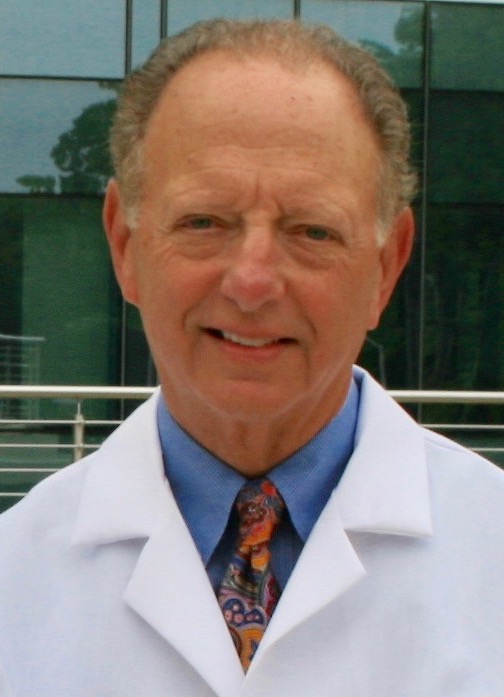
|
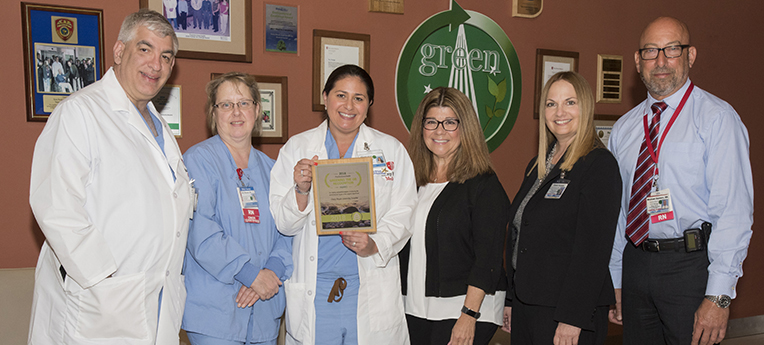

|
|
SARAS
Srinivas Pentyala, PhD
The 15th Annual SARAS was successfully completed on July 27. 130 Students spent three weeks with us and interacted with more than 70 experts. Thanks to all those who enthusiastically supported this program. View the program, photos and videos of SARAS-2018 
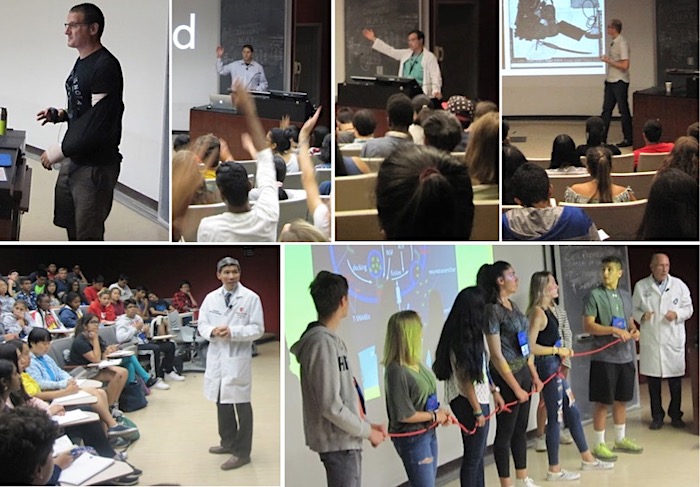

|
|
A Milestone for NPLD-GHI - 10 Years and Counting
Francis S. Stellaccio, MD
Tempus fugit!! In June, No Pain Labor and Delivery - Global Health Initiative (NPLD-GHI) completed its 10th mission year of educating Chinese women and their health care providers about the safe and the effective use of continuous neuraxial labor analgesia, more commonly known as an epidural, during labor and delivery of their babies. 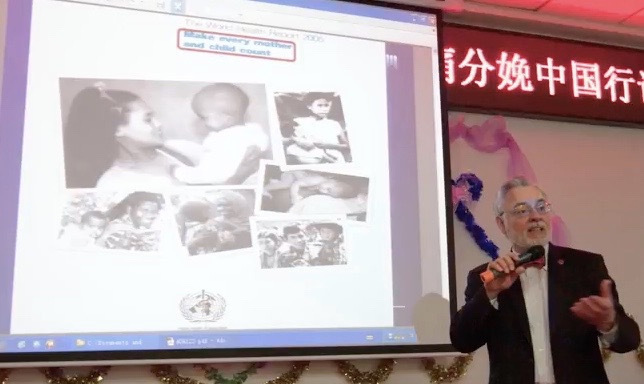
Secondly, in September 2000, the United Nations established a “blueprint” agreed to by all the world’s leading countries (191). Known as the Eight Millennium Development Goals (MDGs), it commits world leaders to eradicate extreme poverty & hunger, combat disease, reduce illiteracy, improve maternal health, reduce child mortality, ensure environmental sustainability, promote gender equality and develop global partnership for development. The combination of the WHO data on cesarean sections and the challenge of the UN’s MDG #5 — to improve maternal health world-wide — inspired Dr. Ling Qun Hu to develop a sustainable program focusing on correcting the unnecessarily high cesarean delivery rate and improving the poor utilization of neuraxial labor analgesia not only in his native China, but also, eventually, elsewhere in the world. In 2006, NPLD-GHI was officially created. Dr. Hu began collaborating closely with his colleagues at Northwestern University, as well as, at other major US academic medical centers — Harvard, Johns Hopkins, Stanford, Yale, Tufts, Ohio State, UT-Dallas, Stony Brook, Wash Univ-St. Louis, Mt Sinai-New York and others— about his plan for a global health initiative. In 2008, the first NPLD-GHI trip was launched in Dr. Hu’s home city, Hangzhou, China visiting the first hospital with 16 volunteers. 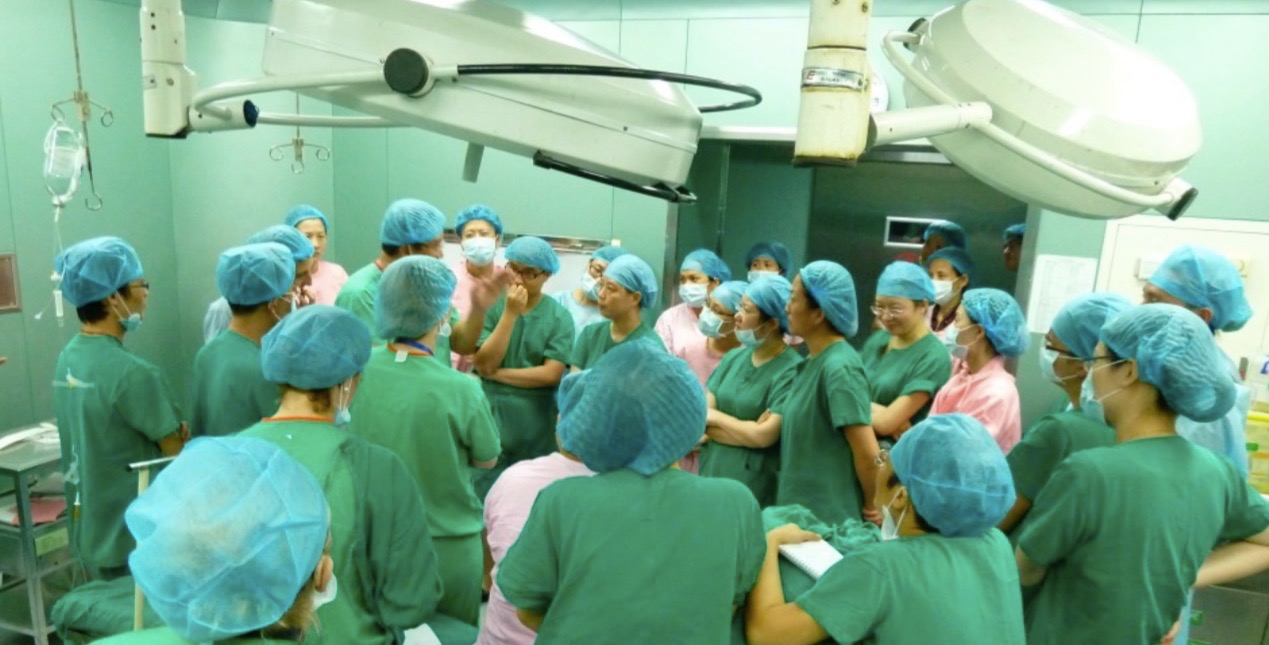
Another enhancement to NPLD-GHI was necessary after China’s two-child policy went into effect nationwide in October 2015. The following year, there was a spike in live births to 18.46 million! [NOTE: As of 2016, China’s population was 1.38 billion people.] Because of China’s very high non-medically indicated cesarean section rate under the one child-policy, the 2018 NPLD-GHI protocols and guidelines were updated to embrace the challenge of high risk deliveries by incorporating standards for TOLAC (Trial of Labor after Cesarean). It became clear that older parturients with or without a scarred uterus might be seeking labor analgesia for delivery of their second child. Concurrently as part of fulfilling its commitment to the United Nation’s MDGs agreement, the Chinese central government initiated national practice changes for hospitals. Among these were a mandate for a DECREASE in cesarean delivery rate in ALL hospitals (2011) and a creation of a NATIONAL BILLING CODE for neuraxial labor analgesia (2012). These changes benefited NPLD-GHI project, as more hospitals began to ask Dr. Ling Qun Hu for his guidance and expertise. A long term impact on both mother and baby is being seen in the Chinese hospitals that have adapted these “new” concepts through the NPLD-GHI educational intervention. Benchmarks have been created and implemented to measure these outcomes. Thus far, four impact studies, comprising approximately 65,000 deliveries, have found lower rates of cesarean delivery, episiotomy, postpartum blood transfusion, and better neonatal outcomes after the NPLD–GHI intervention. Owing to NPLD-GHI’s success in China, many other countries with high cesarean rates — like Romania, Pakistan, India, South Korea, Japan, Philippines, Malaysia, Kuwait and Zambia and even Iran — are now looking at incorporating NPLD-GHI’s Program (aka the “Chinese Model”) into their hospitals. 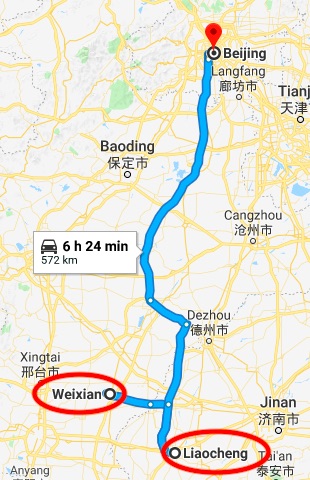
Verification of each hospital’s understanding and implementation of the NPLD-GHI’s Model is paramount to its future success. This year a certification protocol for patient safety and quality care was initiated, which included evaluation, verification, education and critiquing of each site’s daily performances and safety practices that NPLD-GHI Model considers to be critical components for providing a safe 24/7 obstetric anesthesia service. Using exhaustive checklists of evaluation parameters, we were able to collect data on the successes, as well as, the short comings of each hospital’s adaptation to the NPLD-GHI’s Model. By continuing to perform periodic site visits, in the future, NPLD-GHI site visits will ensure compliance with safety protocols, and guarantee continuing medical education of hospital staff to the highest standards of care for that level of hospital. [N.B. There is a hierarchy in the Chinese Hospital system, which is similar to the U.S. ranking system of: community, private, academic, regional, military, etc.] The use of continuous neuraxial labor analgesia for labor and delivery is a very common practice in Western medicine. However, we quickly forget that it has taken us over 70 years to get to this point of popularity. Ten years after implementation of NPLD-GHI, a change in attitude and acceptance of neuraxial labor analgesia for labor and delivery is definitely being seen in China. To-date, NPLD-GHI has successfully assisted 99 public and private hospitals all over China establish self-sustaining 24/7 obstetric anesthesia services. Nearly 80% of these facilities now have over 50% of their parturients utilizing neuraxial labor analgesia, which far surpasses the less than 1% labor analgesia rate in China prior to NPLD-GHI’s intervention. It has been said that partaking in any global health initiative is definitely an eye opener. Words on paper cannot express my feelings about how personally and professionally rewarding these initiatives have been for me. There is no mistake that medical volunteering is an exhausting, challenging endeavor that has numerous tangible and intangible benefits. We work hard, train hard, but do have fun, make new friends and connect with “old” friends all while helping people, who need and appreciate our efforts and expertise. I am truly honored to have been affiliated with and participated in Dr. Ling Qun Hu’s No Pain Labor and Delivery - Global Health Initiative for the past nine years and am looking forward to 2019’s GHI. On this auspicious occasion of celebrating NPLD-GHI’s 10th mission year, I wish to take time to reflect and to give thanks to my fellow Stony Brook - SOM colleagues, who have joined me over the years, for donating their time and effort as NPLD-GHI volunteers. They have helped make a difference for many mothers and their babies in China: Matthew Neal (2010), Erin Brown (2011), Yuchen Liu (2012), Meng Wang (2013), and Connie Yu (2013). 
|
|
New Publication
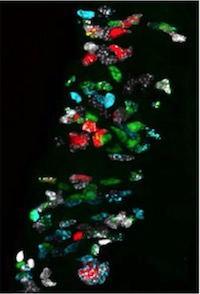

|
|
Where on Campus is That?
James P. Dilger, PhD

|
|
Monthly Muscle Chillaxant
CBY and CA-1 residents gathered at the home of Dr. Gan for a welcoming get together.. 
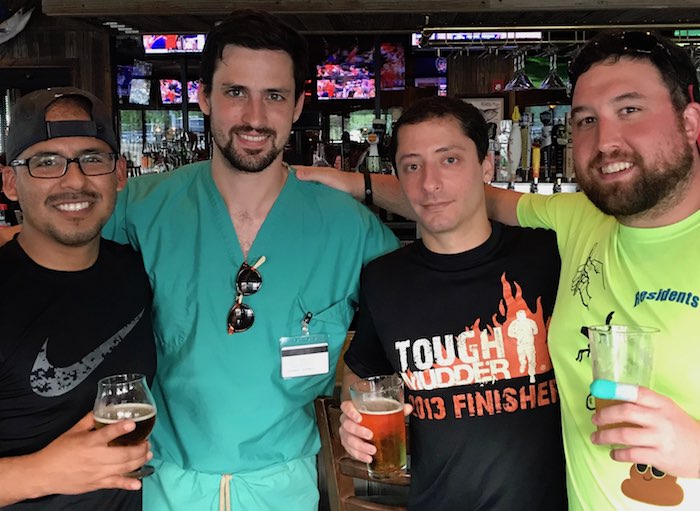
CA-2 residents celebrating passing the basic!!!! Left to right: Carlos Sanchez, Charles (“Trey”) Mouch, Adam Wetcher, and Richard Tenure. 
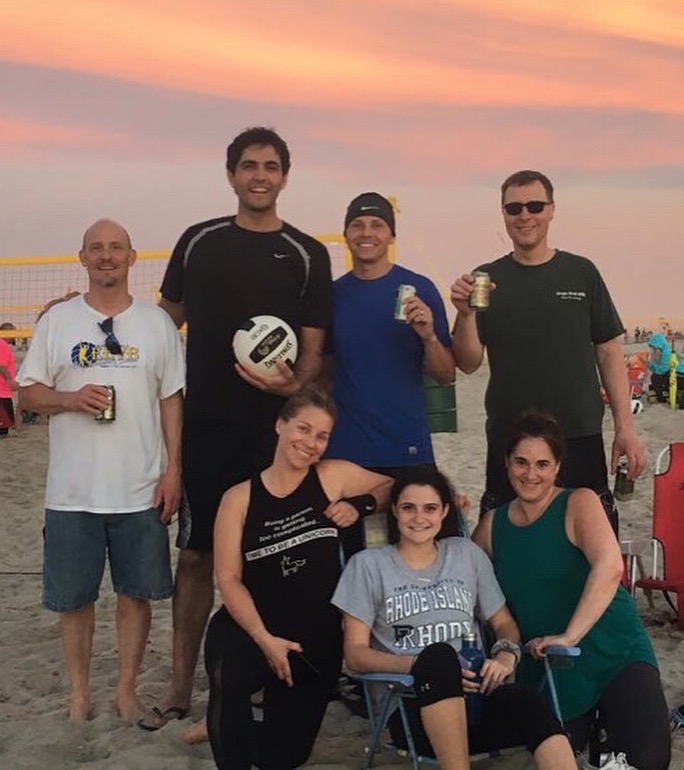
CA-2 Resident Ehab Al Bizri, Dr. Dominik Rosa and members of the Northport VA OR Staff won their beach volleyball match! Of course, with a 6'9" former Syrian national indoor volleyball team member on their side, how could they not win?    src="https://medicine.stonybrookmedicine.edu/sites/default/files/up_arrow.jpg" title="table of contents"> src="https://medicine.stonybrookmedicine.edu/sites/default/files/up_arrow.jpg" title="table of contents">
|
|
SleepTalker, the Stony Brook Anesthesiology Newsletter is published by the Department of Anesthesiology
Stony Brook Medicine, Stony Brook, NY Tong Joo Gan, M.D., M.H.S., F.R.C.A., M.B.A., Chairman Editorial Board: James P. Dilger, Ph.D.; Stephen A. Vitkun, M.D., M.B.A., Ph.D.; Marisa Barone-Citrano, M.A.; Richard Tenure, M.D. |



